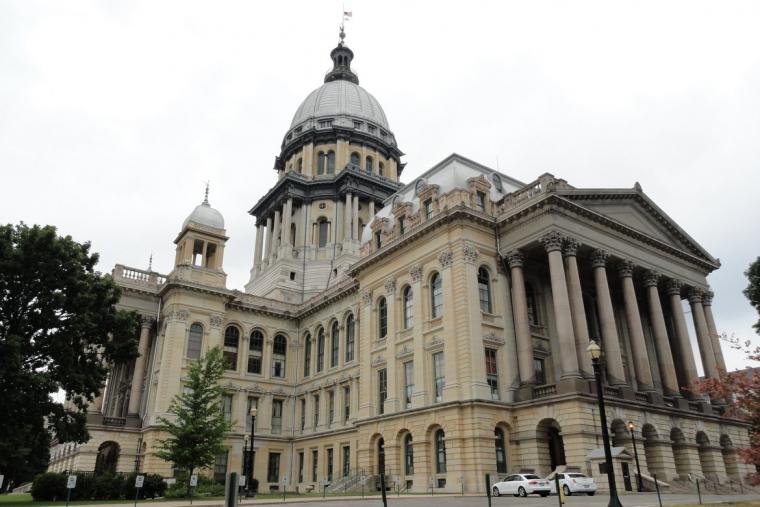
Illinois now has five public universities with junk-bond credit ratings. That has to be some kind of record.
Last week, S&P Global Ratings lowered the credit score of both Southern Illinois University and Western Illinois University into junk-bond status. Eastern, Northeastern, and Governor’s State were already in junk-bond territory, and their ratings were lowered even further last week. The University of Illinois, the state’s flagship, was also downgraded to just three notches above junk status and put, with the rest of the universities, on a “credit watch with negative implications” – meaning it could be downgraded again within 90 days.
All of the downgrade reports noted that none of the universities has received any funds since their partial “stopgap” appropriation in June.
The reports also seemed to advocate for another stopgap funding bill this fiscal year. For instance, while noting in the U of I’s report that a stopgap had been passed last year to cover the first six months of this fiscal year, S&P went on to write: “The state has yet to pass a budget for fiscal 2017 and has not conclusively communicated plans for stopgap funding to support the state’s public higher-education institutions.”
Governor Bruce Rauner and his legislative Republicans are adamantly opposed to another stopgap budget that would use existing special state funds that are currently piling up in bank accounts to help out struggling universities, college students, and human-service providers and recipients.
Their argument is that distributing the money would take the pressure off everyone to pass a real budget with the governor’s demanded reforms. At the same time, Rauner and GOP legislators want to take state employees out of the “pressure” equation with a continuing appropriation, which means those salaries would essentially be funded for eternity. But because the lack of funding for social services and higher education over the past two years hasn’t spurred anyone in Springfield to action, it might be that only an actual government shutdown after state employees can’t come to work will move the needle.
“If state operating appropriations are received in fiscal 2017,” S&P declared in its SIU downgrade report, “we will incorporate the impact of those appropriations at that time,” suggesting that some money thrown at the universities via a stopgap plan could forestall another ratings downgrade.
Junk status means many investment institutions, such as pension funds, cannot buy those bonds. So while the state hobbles the universities by refusing to make full appropriations, it’s also undermining their ability to borrow at semi-reasonable rates. Speculators looking for relatively high returns on bonds that have to be repaid will gladly buy those bonds and rake in the dough. Meanwhile, precious dollars that the universities cannot afford to spend have to be used to make higher interest payments. It’s a horrific fiscal cycle and, in our case, it’s completely self-inflicted.
It could take our universities a decade or more to recover from these body blows. At the very least, we need a stopgap budget now and then a full, “real” budget before the beginning of next fiscal year.
The governor is currently running all over the state proclaiming to anyone who will listen that a deal is “very close.” He said at an Elk Grove Village event last week that “a big comprehensive package” was being prepared. Democrats say they have no idea what he’s talking about.
Rauner had better be right because, even though the Democratic Party has its own dirty hands here, the governor is the state’s chief executive, so he will wear the jacket for failure. He’s come up with excuse after excuse for more than two years now for why he can’t get a budget passed, or even why he won’t propose his own balanced budget. No more.
And if you dig a little deeper at those S&P reports, you’ll see that the ratings agency had some very specific warnings for state government as well.
Illinois’ credit rating is just barely above junk status. And S&P warned in several of its downgrades that the universities could be in for a “multi-notch downgrade” if the state’s rating is lowered. Another downgrade report warned that there was “at least a one-in-two likelihood of a rating change within the next 90 days,” more than implying that action against the state’s credit rating could happen soon.
Rich Miller also publishes Capitol Fax (a daily political newsletter) and CapitolFax.com.










